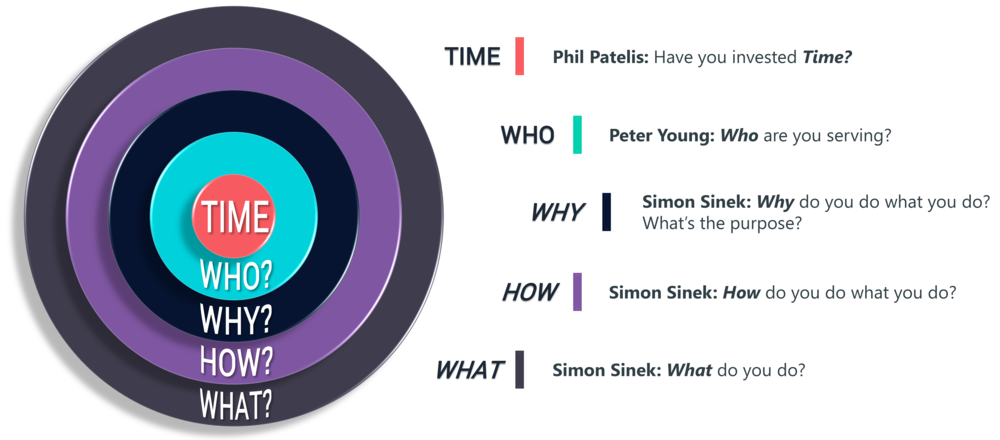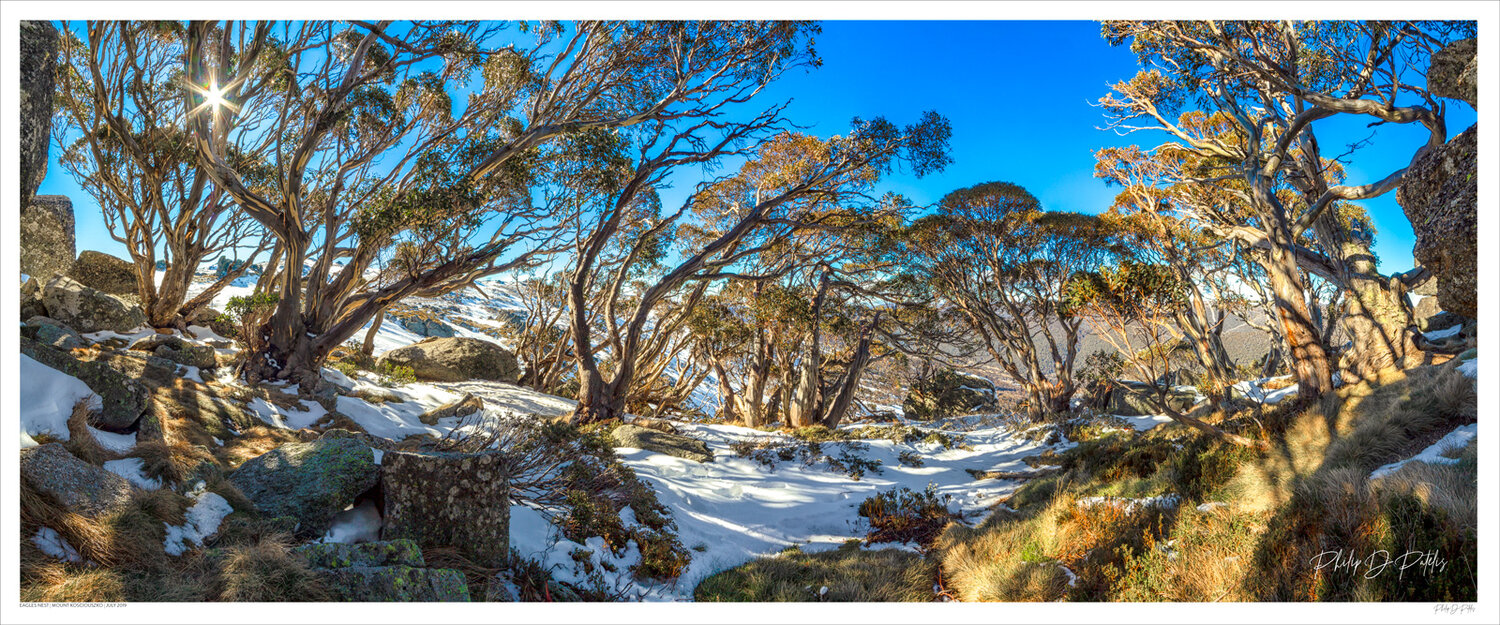Lesson 1: Time
Over the past year, I have gotten back into my hobby of Landscape Photography. I have been fortunate enough to attend some inspiring workshops, visit some magnificent exhibitions and receive lessons from some top-of-their-game photographers.
With Landscape Photography, we must constantly remind ourselves that things don’t just happen. There are multiple layers such as: discovering a location, exploring it, waiting for the right conditions, empathy for the environment, experience, visualisation of the end image, composition, and finally, taking the actual photograph.
At the core of photography is your heart and soul, an honest connection with the environment, inspiring deep emotions. Photography, while retaining elements of science in the technical settings, is anything but science. A photograph is the culmination of the emotive state telling the story. Emotion feeds into your state of mind, preceding all interpretive capabilities. I believe these connections are what allow the photograph to be successful.
The photograph is not successful due to any single component.
Ultimately, success comes from the investment of time. You are investing yourself in the landscape so that you can appreciate the elements, understanding what will work in the situation. And most importantly, understanding why it will all work together.
Relating the lesson to business
Interestingly, I relate this back to business. As most people do, I very much enjoy the work of Simon Sinek, and we all know about his famous Why, How & What circle (https://www.youtube.com/watch?v=qp0HIF3SfI4). My good friend Peter Young, refines this, adding that often before the Why is the concept of Who. I have always agreed that understanding Who you are serving is essential before addressing the Why.
When considering these notions in the concept of building something, creating something, or even changing something, the best first investment is time. Perhaps another way to presuppose Simon Sinek’s famous Why -> How -> What circle is:

Lesson 2: Slowing down
Before illustrating this point, please allow a side digression. This past July, we took our annual trip down to Thredbo for skiing. I had packed my camera gear, but my primary goal was to do over 20kms per day and achieve over 200 km of downhill skiing. On day 5, the terrain and I had an unfortunate disagreement. The painful result was a few displaced ribs, though thankfully none broken. In the face of disappointment, I refused to allow this to ruin the holidays. Grabbing my camera gear, I set off hiking through the Mount Kosciuszko National Park for the rest of our trip. Albeit I was grunting with sharp rib pain the whole way.
Having the rib injury is what allowed the reality of Lesson 1 to come into effect. The image below is one I captured at the top of Mount Kosciuszko, where I found this inspiring grove of gum trees near a fantastic rock formation. Not immediately apparent, I explored the location and was pleased to discover a natural cave of trees inside. Deferring to uneasy feelings of sharp pain, I sat quietly inside appreciating the natural beauty enveloping me. Throughout a couple of hours soaking up the surroundings, I noticed the sun was making transient rays through the trees.
With some careful planning, I managed to capture a 12-image panorama of which you can see the result below – an image that has since been printed and framed professionally at a size of 60” x 24” (152cm x 60cm).

EAGLES NEST | MOUNT KOSCIUSZKO | JULY 2019
©, Phil Patelis, 2019
Possibly a 3rd lesson here is that setbacks are only setbacks if you allow them to be. I was injured, yet I was determined not to let this impediment be the story of the holiday. I am thankful the injury prompted me to put into practice all the theoretical training I possessed from lesson 1, which may not have happened otherwise. It was the injury or the setback that forced me to slow down and put all the lessons into practice.
Some Final Thoughts
I wrote this article several months ago, and have been reflecting on it for some time. The more I reflect, it seems that the more that I learn. The final few points are some of the lessons I have taken away. In sharing these lessons, I hope that they will encourage thought and reflection for you.
Thought 1: The speed of Digital
Living in this age of digital, or perhaps digital distractions: speed, hustle and the general push to always be on-the-go, I have found these lessons to be quite helpful. We always hear that time is something we will never get back, and this is very true. However, time is also something we need to invest more of before moving forward.
If you are reading this blog, you are likely involved in a field of digital transformation or digital innovation. While these disciplines may make us believe we need to move quickly for the sake of competitiveness, there is a distinct need to have an emotive connection to our subject. Such connections come from time and they form the basis of disruption.
Thought 2: Slowing Down
Investing time also means slowing down. By slowing down, time allows us to see clearly, to appreciate, to understand, and to be able to make decisions. Our emotive state, whether we like to admit it or not, is influenced by the rate and speed of change and the amount of information we experience and digest each day. We impede our ability to interpret when we don’t set aside the appropriate time to slow down and allow our minds enough time to process. Here are three examples:
- Living life at intense levels, while it may portray a feeling of effectiveness, or getting ahead, is actually living a life of blindness. If you have not yet seen the selective attention test (https://www.youtube.com/watch?v=vJG698U2Mvo), I recommend it as an excellent example of how intensity causes blindness.
- Another helpful example is Jeff Weiner’s (CEO of Linkedin) article, The Importance of Scheduling Nothing, published in 2013. I remember reading the article when Jeff posted it, and ever since then, I have actively scheduled grey time in my calendar. Thank you, Jeff.
- My final example comes from my daughter, who is in Year 2. Perceptively, her teacher introduced the concept of brain breaks. Being curious, I asked my daughter why she feels they are essential and she replied: “dad, sometimes you need time to stop and think about everything you have learnt.”
Thought 3: Time for Life
On a more personal note, there is a lot more to be said for the journey and remember the common saying that it is not a race.
Most of us will work for well over 40-years before we retire, so why not consider taking a few decent breaks along the way? If you have a young family, why not take the opportunity in their most formative years to spend time with them? I have done just this recently, and as someone who has never stopped before, I haven’t regretted the choice for even the briefest moment. In light of having a young daughter, this is even truer as we both value the time when we can enjoy adventures together.
Everyone is at a different stage of their journey, or on their path to achieving planned goals. My advice about moving forward would be that sometimes the best thing you can do is to stop, look around, and build those emotive connections.
In Conclusion
Jobs and careers will always be there. The opportunities will never go away.
Time can be our greatest gift, and our greatest enemy when not respected.
I am working to ensure I allot time in my day to slow down, reflect and interpret. My mental note is that I will only be effective when I do.


